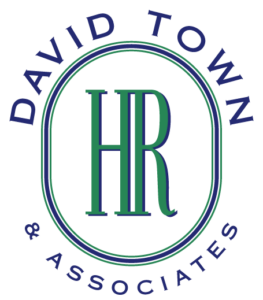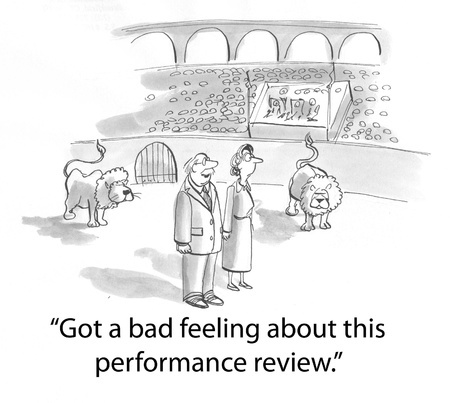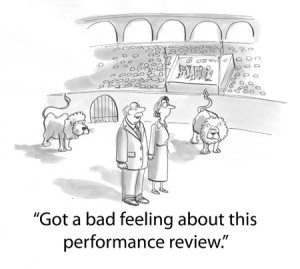Maximizing Personal Productivity Part 2 – Developing a Process for Time Management Decision Making

This blog is the second in a series on the topic of “Maximizing Personal Productivity”. Part 1 focused on the importance of understanding that time is a fixed resource and There really is no such thing as “I don’t have time” – there is only “I didn’t decide to spend my time on that!”. The mindset we need to adopt to be successful centres on choice – we have the power to decide how we spend our time, although it is clear that the choices may sometimes be very difficult. In order to make good decisions, we need to develop a process that helps clarify which choices most closely align with what we really want to achieve.
There are two key steps to an effective process relating to how you spend your time. They are:
Step A – Organize and Assess
This step is all about ensuring that you collect and organize all of the requests and opportunities to spend your time and you assess the requests in order to decide what you will spend your time on to provide the greatest return relative to what you want to achieve each day, week, month, etc.
Step B – Focus
This step examines best practices for maintaining your focus on the activity you chose to spend time on. This step is critical to the maximization of personal productivity.
Let’s look at some important components of Step A – Organize & Assess. There are two parts to the Organize & Assess process. The first part involves dealing with incoming time-takers and the second part is all about regular planning. For this blog, we’ll deal with the first part – managing incoming time takers – and leave the second part for my next blog.
Managing Incoming Work/Play Opportunities
One of the key challenges in managing how you spend your time is managing the volume of incoming work/play opportunities. Emails, phone calls, meetings, client projects, regular job expectations and personal activities can create an almost overwhelming list of things to do.
To be effective, you need to do the right things right.
As a starting point, you need to have a system to organize all the incoming requests to identify “the right things”. Choose a system or strategy that you like and can commit to. Some people use electronic tools while others write lists in journals. In the end, the best system is one that you are committed to.
Establish a Plan of Action Immediately
The purpose of the system for managing your incoming requests is to ensure that every incoming request for your time is either acted on now, acted on later, delegated (to someone else) or dismissed. This is where a tool to organize your list can help. You need to capture all of the items you’ll act on later in one place so you can refer to them when it is time to act on them.
If you really want an air-tight system for managing future commitments, you need to put them on a list or calendar that you refer to every day. The routine of keeping and referring to a list or calendar every day is critical to success.
We Often Confuse Urgent with Important
Stephen Covey will be remembered forever for his articulation of the concept of assessing urgency and importance when deciding how to spend your time. We often confuse urgent with important. The phone rings and you answer it because it is urgent. On the other end of the line is a person selling air-duct cleaning, which for most of us is not important. So, answering the phone was a waste of time.
To be effective we need to do things that are important and avoid doing things that are not important. Important activities are those which offer the most value in reaching your goals. We’ll reflect further on the concept of urgent vs. important in the next blog. However, here’s how it works in the context of the initial filter listed above.
You read an incoming email and have four choices:
- Act on it now. You make this choice because it is important and you can deal with it in five minutes or less. For activities like this, it is more efficient to just do it than to put it on a to do list.
- Act on it later. The activity is important and you need to do it at some point. If you need to do it later in the day or within the next week, the best place to log this activity is in a specific time slot in a calendar. Otherwise, put it on the to do list.
- Delegate it. The activity is important but it isn’t necessary that you do it. You should target routine tasks that could be done by others.
- Dismiss it (delete it). You make this choice because it is not important.
Ok, that’s it. Simple, right!? Don’t confuse simple with easy. The concept is straightforward but the execution is tough. The next blog in this series will continue to explore the urgent vs important concept in assessing the decisions regarding how to spend your time and will look at a really simple way to think about priority planning.
As always, I welcome your feedback. You can connect with me via email or telephone or leave a comment right here on the site.
Until next time,
Dave
David Town, ACC, CHRL, is a coach and facilitator of leadership and management principles that enable individuals and organizations to build greater leadership competency, resulting in higher performance and higher employee engagement. David has a particular focus on performance management and effectively managing conversations involving confrontation or conflict. As well, he provides insights and assessment strategies for integrating character competencies into leadership skills resulting in increased trust and reduced risk for leaders. David is a member of the International Coaching Federation and is President of Your Leadership Matters Inc.















